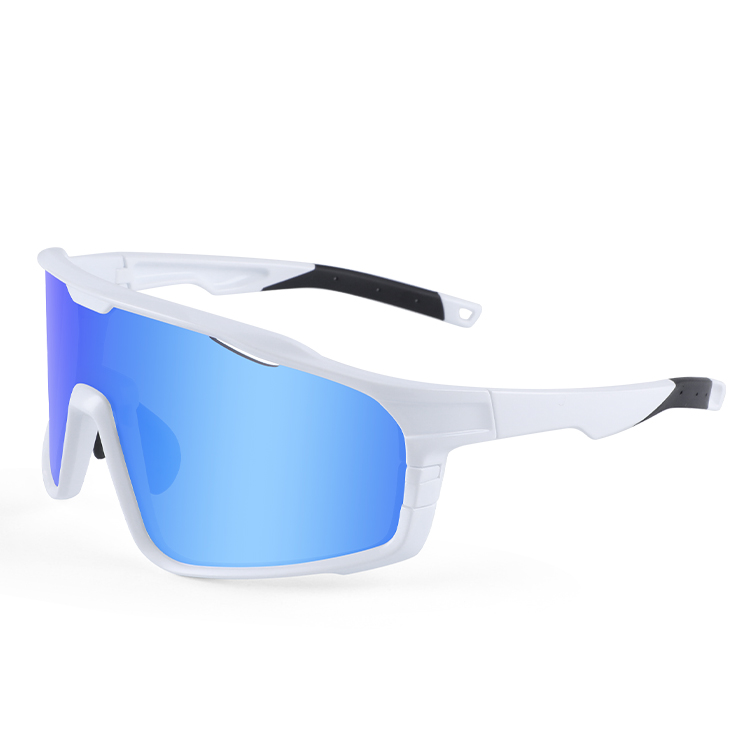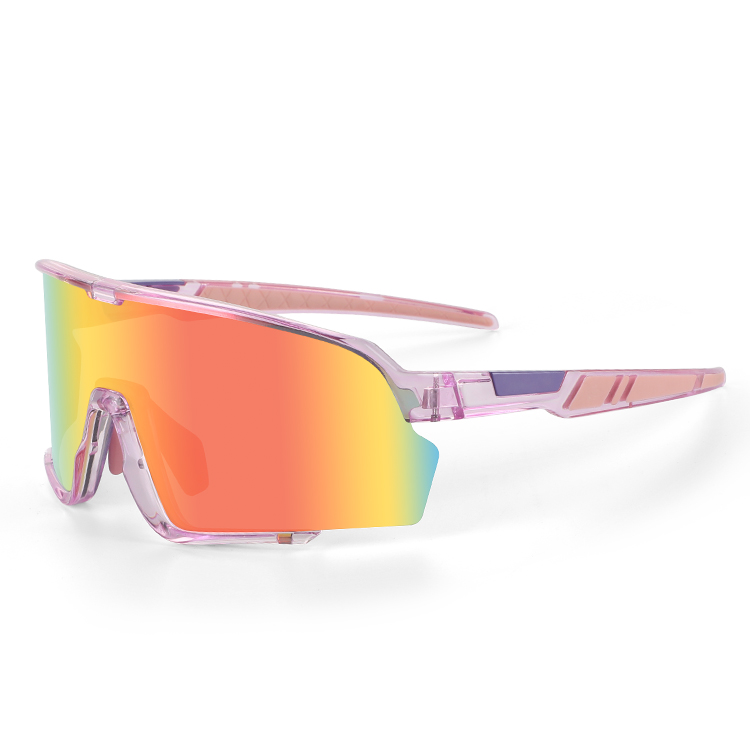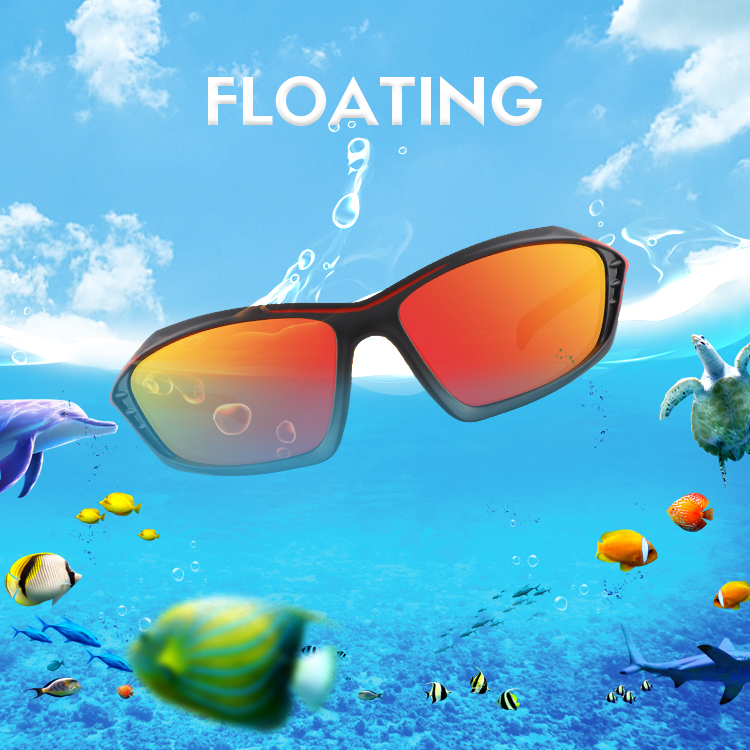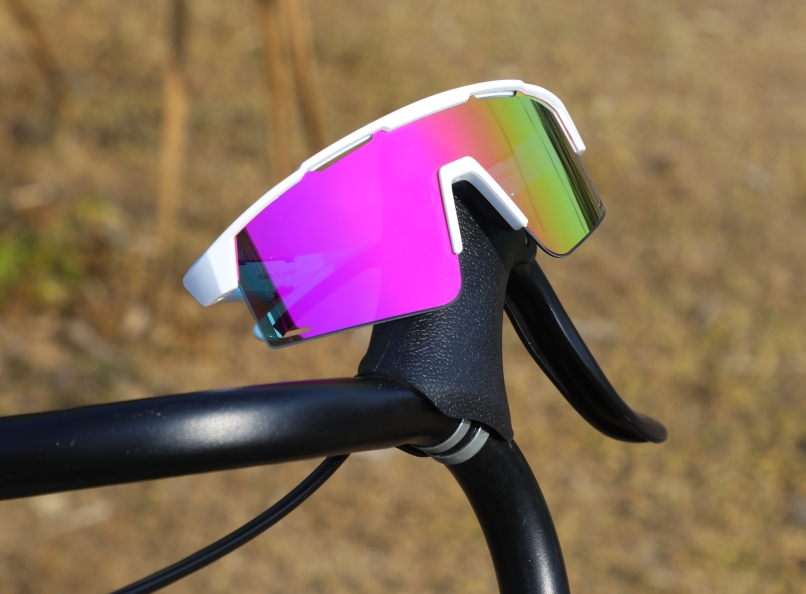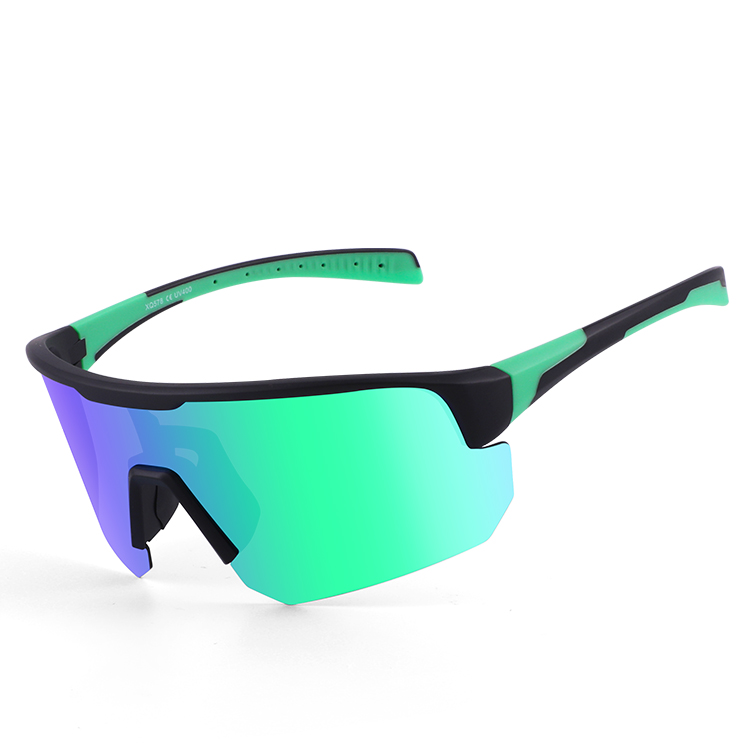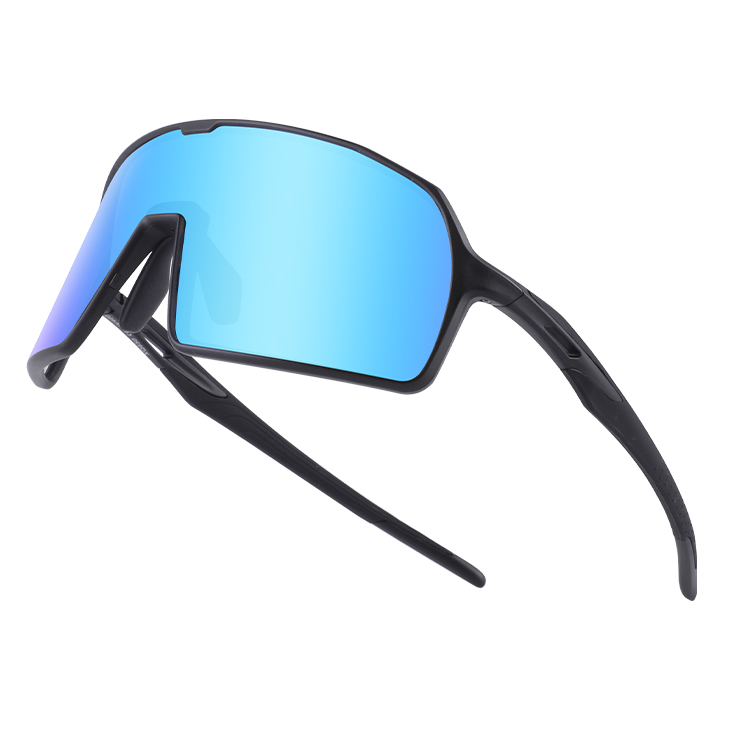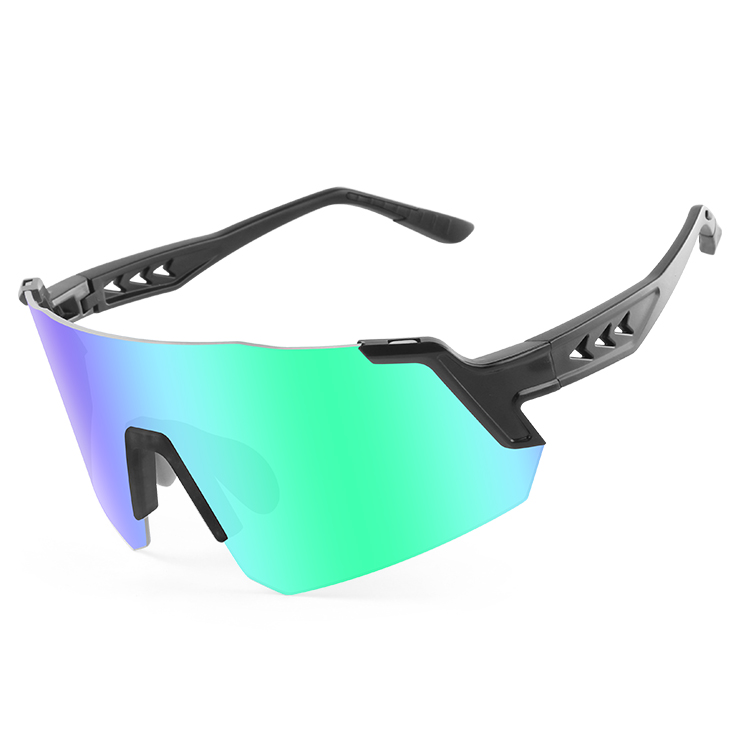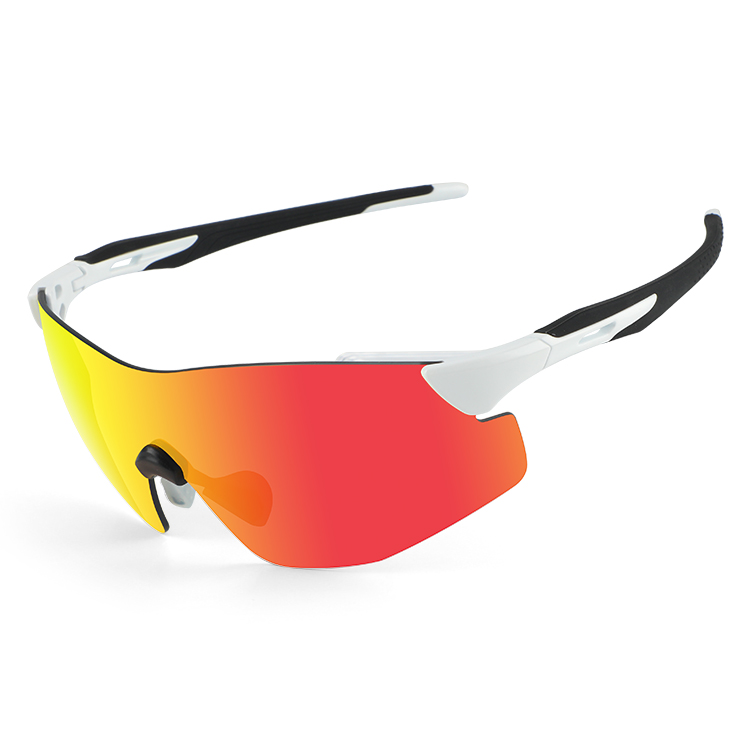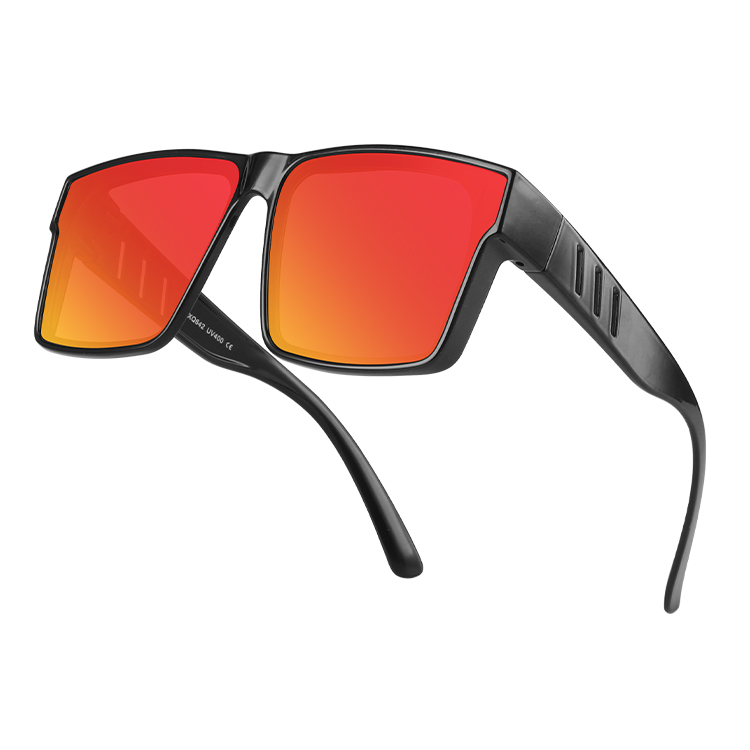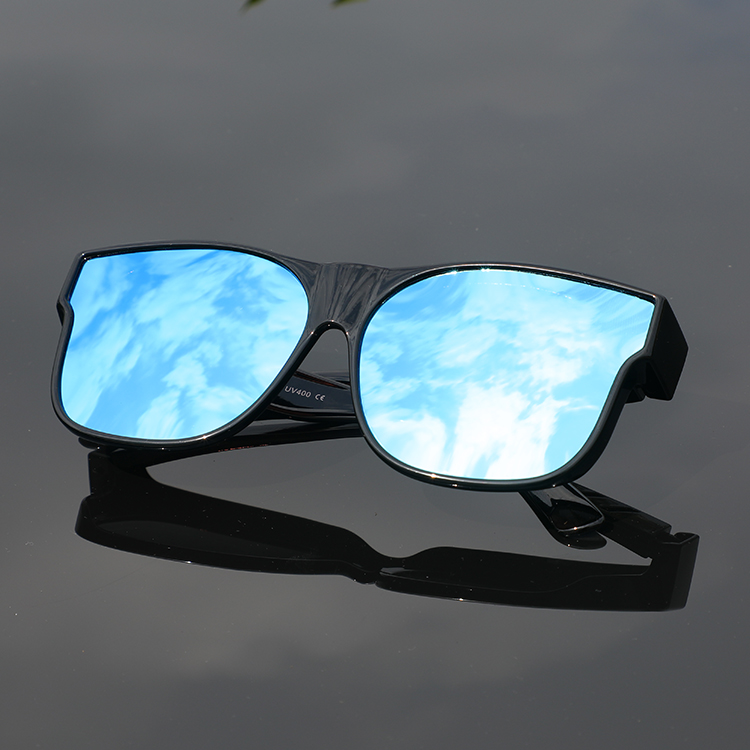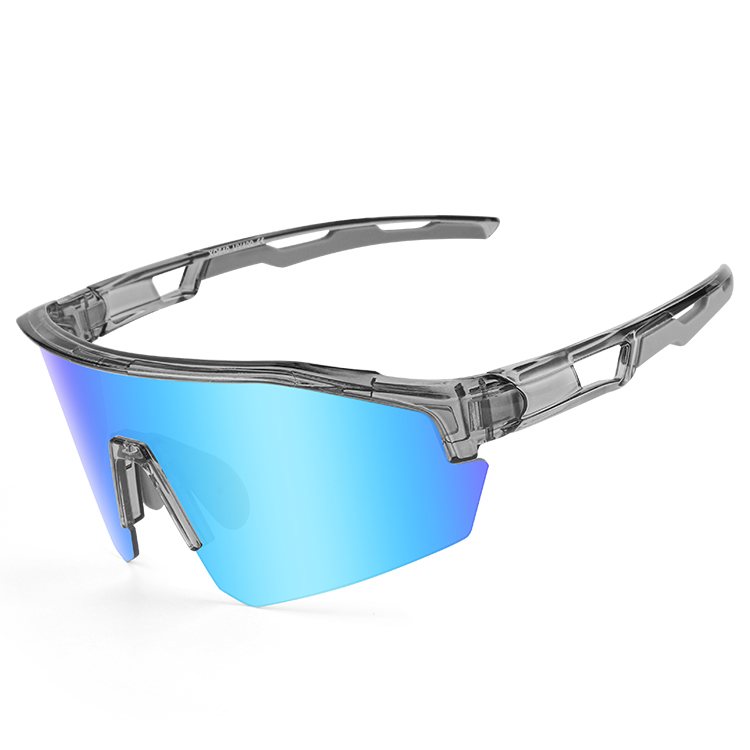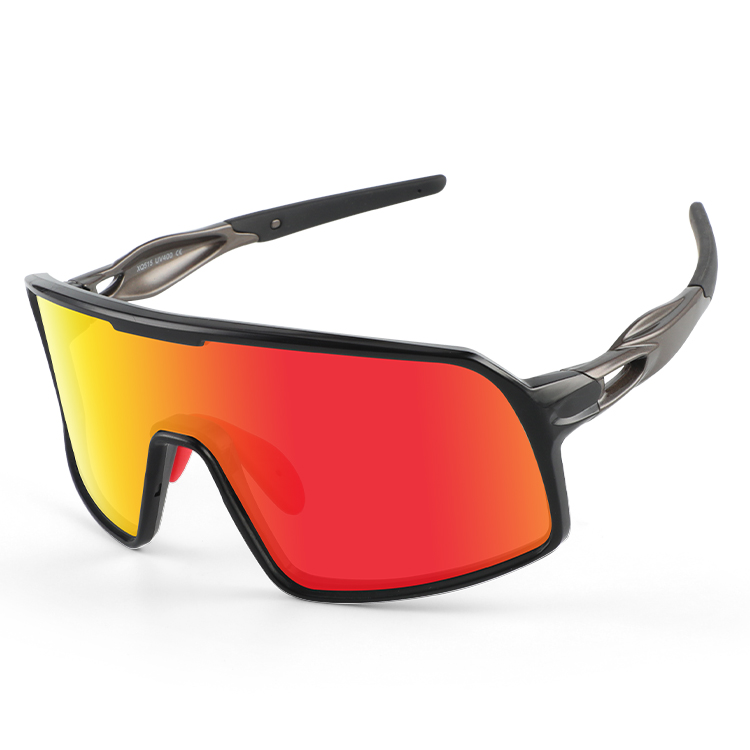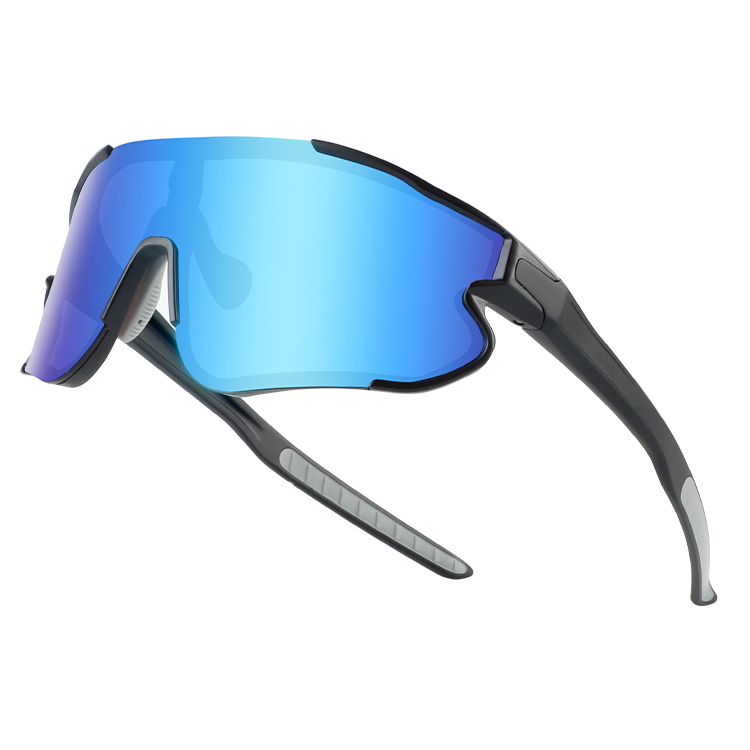In modern myopia-correcting procedures such as LASIK, SMILE, and PRK, postoperative use of protective eyewear is an essential and non-negotiable step to ensure the best healing and visual outcomes. Protective shields or goggles guard the delicate corneal flap or treated surface against accidental rubbing and pressure, filter out harmful ultraviolet and blue light, and block environmental irritants like dust or sweat. Nighttime wear, in particular, prevents unconscious eye rubbing during sleep. By choosing the right type—rigid shields for sleep, soft goggles or wrap-around sunglasses for daytime—and following strict cleaning and wear schedules as advised by your surgeon, you support rapid, complication-free recovery and enjoy the full benefits of your vision correction.
I. Introduction
Refractive surgeries for myopia—most commonly LASIK (laser-assisted in situ keratomileusis), SMILE (small incision lenticule extraction), and PRK (photorefractive keratectomy)—reshape the cornea to correct nearsightedness. Although patients often experience dramatically improved vision within hours or days, the cornea remains vulnerable in the immediate postoperative period. Protective eyewear plays a crucial role in shielding the eye during this critical healing window.
II. Overview of Myopia Surgery
A. LASIK
A thin corneal flap is created with a femtosecond laser or microkeratome, then an excimer laser reshapes the exposed stroma. The flap is repositioned without sutures, acting like a natural bandage.
B. SMILE
A femtosecond laser carves a tiny lenticule (disc of tissue) within the stroma, which is then removed through a small incision—no flap is created, but the corneal structure is still altered.
C. PRK
The corneal epithelium (outer layer) is completely removed, the laser reshapes the surface, and the epithelium regenerates over several days, during which the eye is especially sensitive.
III. Why Protective Eyewear Matters
A. Mechanical Protection
-
Flap Security (LASIK & SMILE): In the days after surgery, a corneal flap or incision site can be displaced by even mild pressure. Rigid shields taped over closed eyelids—especially during sleep—prevent accidental rubbing or knocks.
-
Surface Integrity (PRK): The regenerating epithelium is fragile; goggles stop eyelashes, fingers, or foreign objects from abrading the healing surface.
B. Light Filtration
-
Photophobia Control: Postoperative inflammation often causes light sensitivity. UV-blocking lenses and tinted shields reduce glare and discomfort.
-
UV Protection: Ultraviolet light can impede healing and increase inflammation. Sunglasses rated for 100% UV protection help the cornea recover more comfortably.
C. Environmental Barrier
-
Dust and Debris: Airborne particles, pollen, and household dust can irritate or infect the healing cornea. A sealed goggle prevents these contaminants from entering the eye.
-
Moisture and Sweat: Splash-back from washing, perspiration during daily activities, or steam in the shower can introduce irritants; eyewear keeps droplets away from the surgical site.
D. Nighttime
During sleep, unconscious rubbing or pressure against pillows and bedding is common. Plastic eye shields or molded goggles worn every night for at least five to seven days form a reliable physical barrier until the cornea regains strength.
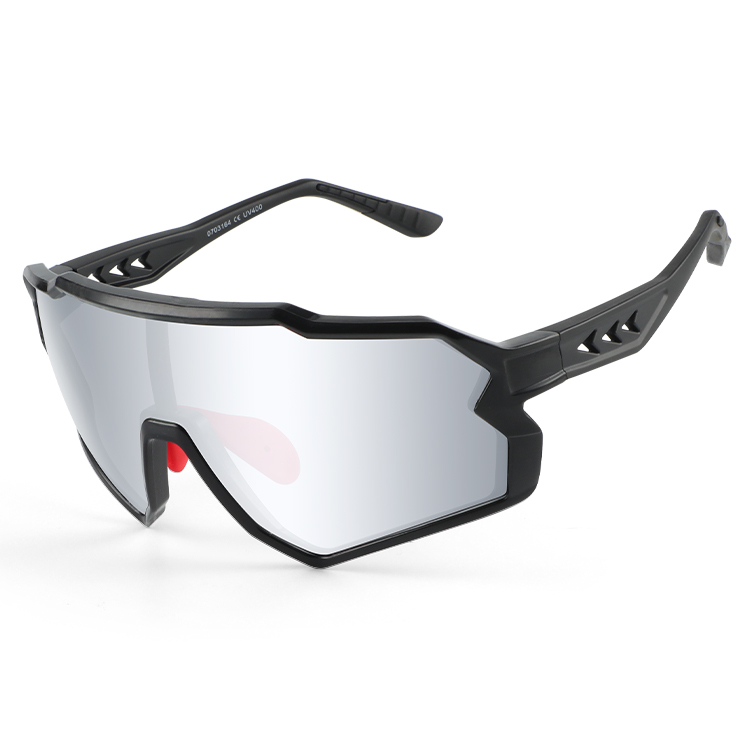
IV. Types of Protective Eyewear and How to Choose
-
Hard Plastic Shields: Lightweight, semi-rigid cups taped over closed lids. Best for overnight use to prevent any contact or rubbing.
-
Soft, Flexible Goggles: Wrap-around style with adjustable straps. Suitable for daytime protection against debris and light, while allowing ventilation.
-
UV-Blocking Sunglasses: Tinted, wrap-around frames rated for full UVA/UVB protection. Ideal for outdoor activities once rigid shields are no longer needed.
Selection Tips:
-
Ensure a snug but comfortable fit—no direct pressure on the eye.
-
Look for anti-fog coatings and breathable materials.
-
For patients who also wear prescription lenses, consider goggles that fit over glasses or have prescription inserts.
V. Precautions and Maintenance
-
Proper Application: Align shields centrally over the closed eyelid and secure tape lightly; place goggles so they seal around the orbital rim without pressing on the eye.
-
Cleaning Routine: Wash reusable goggles daily with mild, fragrance-free soap and warm water. Rinse thoroughly and let air-dry on a clean surface. Follow your surgeon’s protocol for disposable shields.
-
Monitoring Symptoms: If you experience persistent pain, redness, discharge, or sudden vision changes, contact your surgeon immediately—these could signal infection or flap displacement.
-
Gradual Transition: Move from hard shields to UV-blocking sunglasses as directed, then eventually back to regular eyewear once full healing is confirmed.
VI. Conclusion
Protective eyewear is far more than an optional accessory—it’s a vital component of post-operative care for myopia correction. By preventing mechanical disruption of the cornea, filtering irritating light, and keeping out environmental contaminants, the right goggles or shields help ensure a smooth recovery and optimal visual results. Always follow your surgeon’s specific recommendations on wear duration, eyewear type, and hygiene practices, and address any concerns promptly to achieve the best possible outcome.

